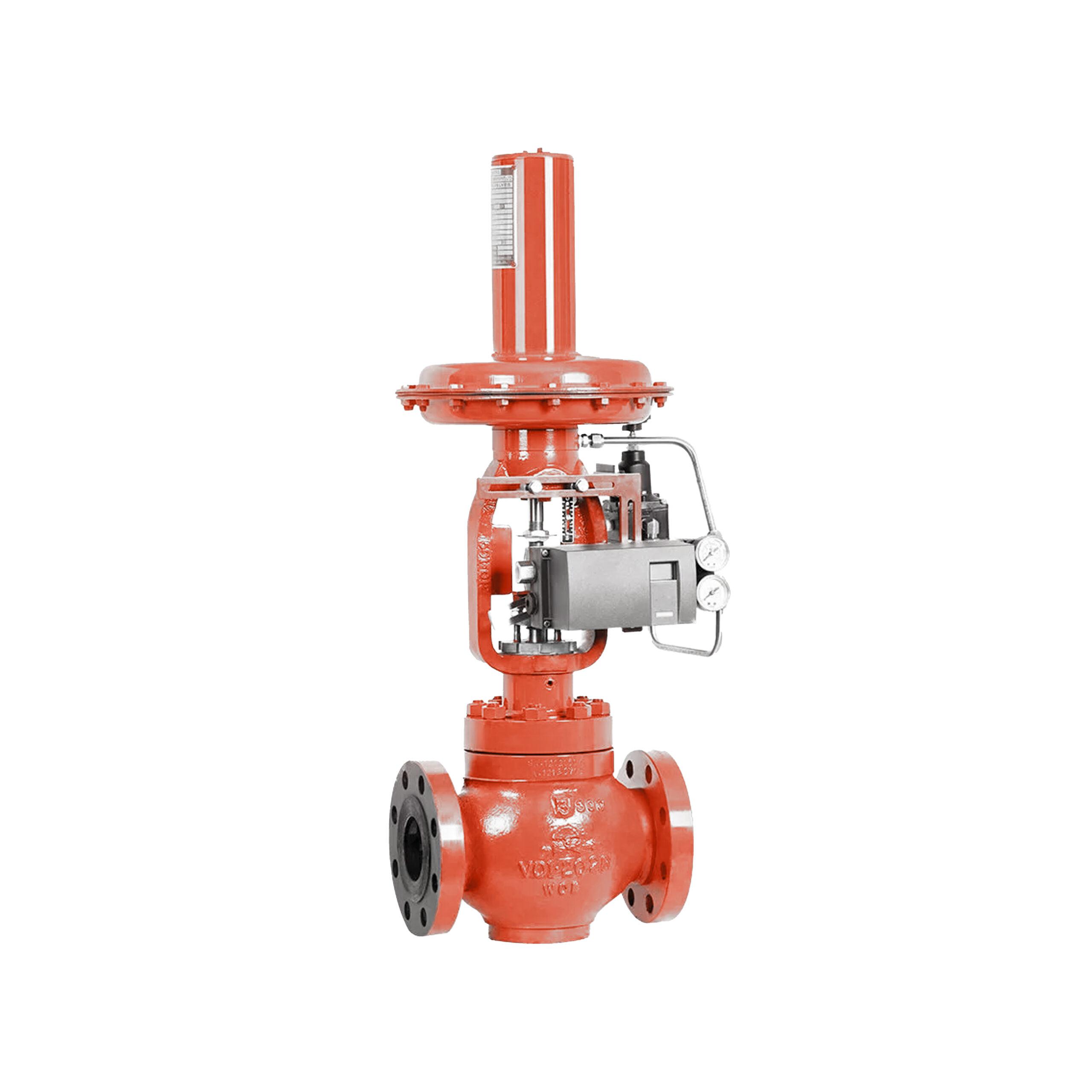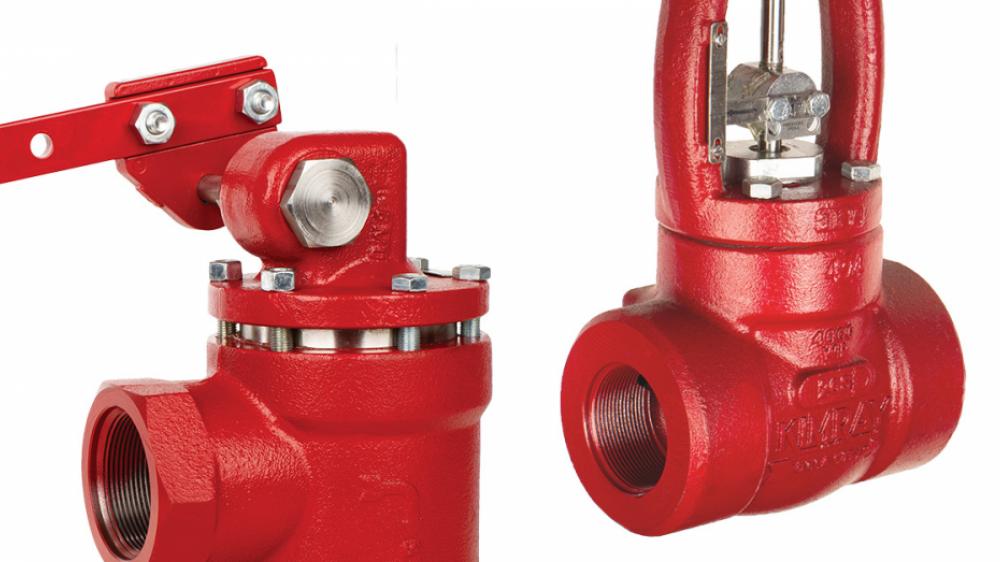Ingenious Control Valves: Enhancing Precision and Dependability
Ingenious Control Valves: Enhancing Precision and Dependability
Blog Article

Maximize Energy Cost Savings and Comfort With Advanced Building Automation Controls
In the world of modern-day design and center administration, the assimilation of advanced building automation controls stands as a crucial improvement. By utilizing the power of automation, structures can adjust, react, and progress in ways that were as soon as unbelievable.
Power Performance Perks
Energy efficiency advantages can considerably decrease energy consumption and functional prices in buildings. Energy-efficient systems, such as innovative building automation controls, can optimize the usage of resources like air conditioning, illumination, and heating, leading to lower energy expenditures over time.
Moreover, boosted power performance can lengthen the life expectancy of building tools and systems. By operating more efficiently, heating and cooling systems, lighting fixture, and various other structure parts experience less wear and tear, causing decreased upkeep and substitute costs. In addition, energy-efficient buildings frequently regulate higher residential or commercial property worths and rental rates, providing long-lasting financial advantages to owners.
Furthermore, power efficiency can boost passenger comfort and efficiency. Properly controlled interior atmospheres with optimal illumination and thermal problems create an even more helpful and pleasant workspace, resulting in boosted employee satisfaction and performance. On the whole, the energy effectiveness advantages connected with sophisticated structure automation controls are diverse, encompassing expense financial savings, ecological stewardship, and occupant health.
Improved Convenience Control
Enhancing convenience control in building atmospheres requires an innovative integration of sophisticated automation systems for optimum occupant wellness. By utilizing sophisticated structure automation controls, centers can tailor the indoor setting to meet the certain demands and choices of occupants. These systems make it possible for accurate guideline of illumination, air flow, and temperature level, creating a comfy and efficient ambience. Occupant complete satisfaction and efficiency are carefully connected to thermal convenience, making it necessary to have systems in position that can adjust to changing conditions in real-time.
Enhanced convenience control surpasses fundamental temperature changes. It includes attributes such as customized settings, tenancy sensors, and all-natural light application to produce a dynamic and receptive environment. By including these sophisticated controls, buildings can not just improve comfort but additionally enhance power effectiveness by maximizing system procedures based on real occupancy and use patterns. Eventually, prioritizing occupant convenience with advanced automation systems results in a more enjoyable and much healthier interior atmosphere.
Functional Performance Improvements

Additionally, the implementation of real-time monitoring and analytics tools enables structure drivers to identify power ineffectiveness and operational anomalies promptly. By continually keeping an eye on energy usage patterns and system efficiency metrics, adjustments can be made in great post to read real-time to maximize energy consumption and ensure peak operational performance. control valves. Additionally, integrating demand action techniques right into structure automation controls can even more improve operational effectiveness by dynamically changing power usage based upon grid problems and rates signals
Indoor Climate Optimization
Effective interior climate optimization is a basic element of building automation controls, guaranteeing passengers' comfort and well-being while making best use of energy cost savings. By making use of innovative sensing units and controls, developing automation systems can continuously adjust and keep an eye on temperature level, moisture levels, air top quality, and ventilation to create an optimal indoor atmosphere. Keeping regular and comfy conditions not only improves occupant fulfillment yet also improves performance and total health.
Indoor environment optimization likewise plays an essential role in power efficiency. By fine-tuning ventilation, heating, and cooling systems based on real-time information and tenancy patterns, constructing automation controls can substantially minimize energy consumption - control valves. Applying approaches such as demand-controlled air flow and thermal zoning can help minimize power waste while making sure that each area of the structure obtains the needed conditioning.

Lasting Atmosphere Creation
Structure automation controls not just enhance indoor environment conditions for energy performance and owner convenience but additionally lay the foundation for developing a sustainable setting with tactical monitoring of systems and sources. By integrating innovative building automation modern technologies, such as sensing units, actuators, and intelligent software, facilities can adjust and check energy use in real-time to minimize waste and decrease their carbon impact. These systems allow anticipating maintenance, determining possible issues before they escalate and enhancing devices efficiency to enhance durability and efficiency.
Furthermore, sustainable atmosphere production extends past energy management to incorporate water conservation, waste decrease, and interior air quality improvement. Structure automation controls can regulate water usage, identify leaks, and guarantee proper garbage disposal practices, contributing to overall sustainability initiatives. Additionally, by checking and controlling ventilation and filtering systems, these innovations enhance passenger wellness and performance while decreasing power consumption connected with cooling and heating procedures.
Final Thought
In final thought, advanced structure automation manages offer significant advantages in regards to energy cost savings, comfort control, operational effectiveness, interior environment optimization, and developing a lasting environment. By applying these controls, structures can attain optimum efficiency while decreasing energy usage and improving occupant convenience. It is evident Get More Info that using sophisticated automation innovation is essential in enhancing structure performance and creating an extra sustainable future.
Power useful source effectiveness benefits can considerably decrease power usage and operational prices in structures. Generally, the energy performance benefits associated with sophisticated building automation controls are complex, incorporating cost financial savings, ecological stewardship, and passenger health.
Additionally, incorporating need action approaches into structure automation controls can better boost operational efficiency by dynamically adjusting power use based on grid conditions and pricing signals.
Building automation manages not only optimize indoor environment conditions for energy effectiveness and owner comfort but additionally lay the structure for developing a lasting atmosphere through calculated management of systems and sources.In verdict, progressed building automation controls offer significant advantages in terms of energy cost savings, comfort control, functional efficiency, indoor environment optimization, and developing a lasting setting.
Report this page